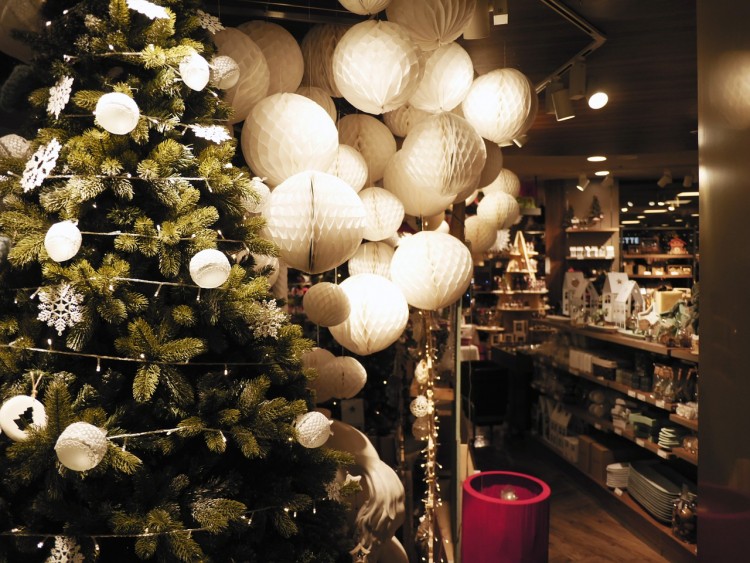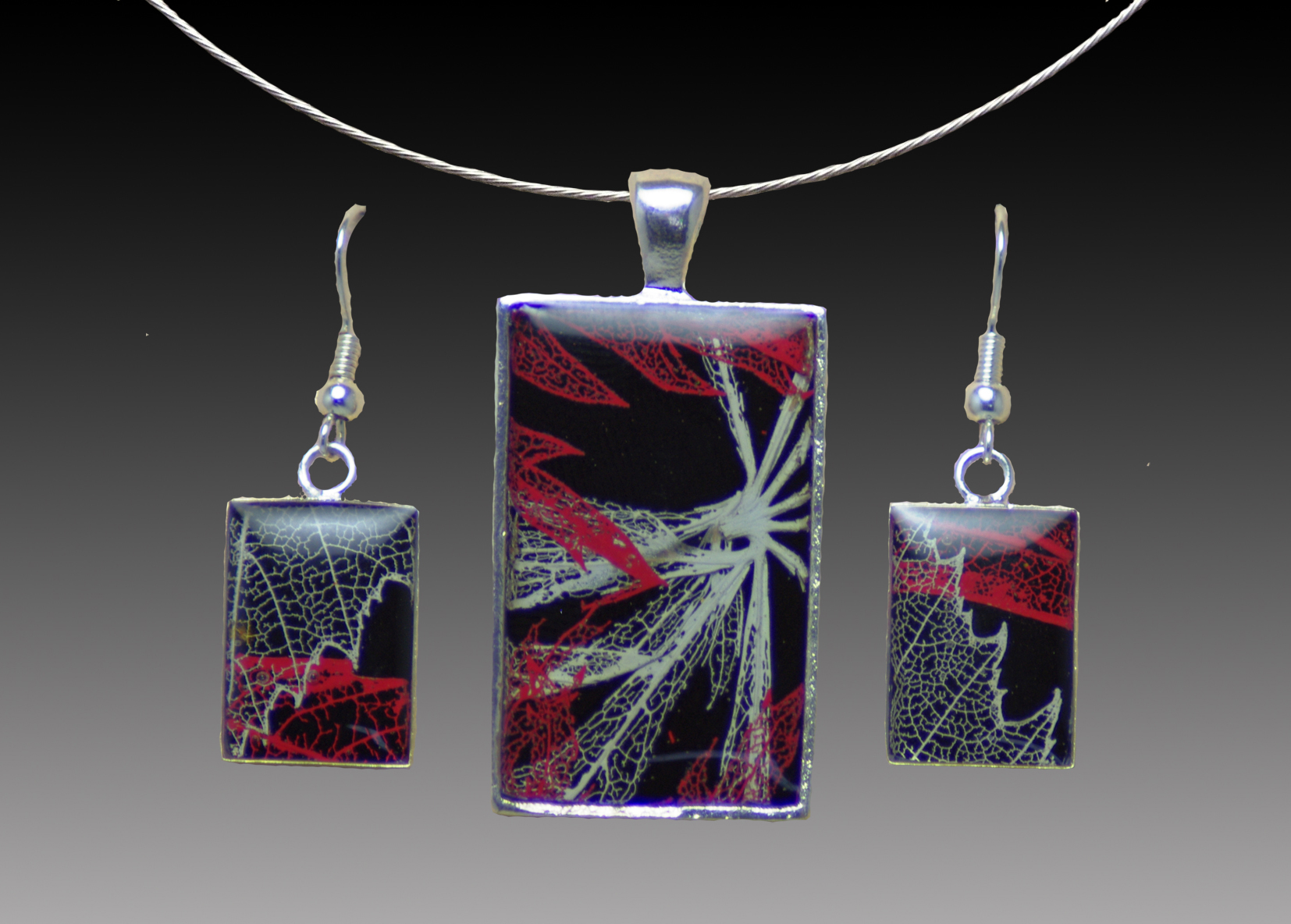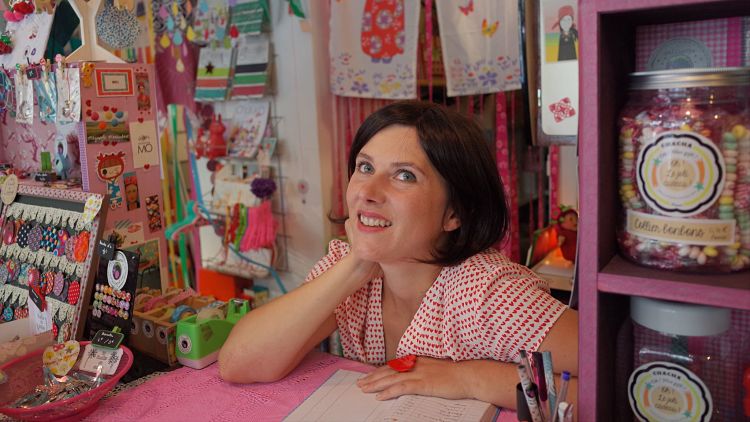Q. I am a new gallery owner and this holiday season will be my first. How do I navigate the schedule and get maximum return on seasonal products?
A. Timing is everything when it comes to seasonal merchandise. One day after the holiday, it’s not going to sell for much more than 50 percent of the full retail price. When we had the shop, this was a constant struggle that impacts not just holiday-specific merchandise, but also the larger inventory of regular merchandise brought in for the fourth quarter.
You’re going into this season without any sales history to guide you. Hopefully, you use a Point of Purchase system that will record all sales by department. If not, perhaps your register has enough departments so you can ring items into the department you have assigned them. This information will be invaluable when it’s time to establish “open to buys” for the next season. Actually, as you accumulate this information, you can use it to establish your buying budget for the year.
Back to this year, though. This is a project for a calendar. I used large monthly pages taped to the wall so I could think quarterly. I could see the flow of the weeks and establish a countdown and decide when to put goods out, when to emphasize specific products, and when to plan on a clearance sale. Each year, the big players push holiday displays forward until, at this point, Christmas and Halloween collide. We “creatives” know that orange and red and green are not great together. I’d suggest you have product on the floor two weeks before Thanksgiving. This lets you familiarize your staff with the new goods and to tweak displays, as needed, and be ready to go the weekend after Thanksgiving when the buying fever typically sets in. You will also be able to engage browsers, and they’re really at it this time of year. Hopefully, they’ll see things they will return to purchase.
There is definitely a pattern to the buying cycles. At the outset, you’ll see the above-mentioned serious browsers who have to see everything available before making decisions. Gift buying begins early, as does the purchase of greeting cards. Sales of decorations and holiday-specific merchandise kick in as the holiday gets closer. A few days before the holiday, you’ll get the last-minute crew, heavily weighted toward men, who will purchase nearly anything to get it over with. And then on the first open day after the holiday, the bargain hunters are out in force. It was always profitable for us to have the markdowns ready on that day; and we knew that within a day or two, the push would be over.
Awareness of buying patterns in general and your customer’s buying patterns will let you tailor your promotional plan to insure the most profitable season. You’ll want to use digital, print, and perhaps even radio to get the word out. You’ll have to tailor this to best fit your perception of your customer’s use of the media. Use your wall calendar to determine when to talk about what in the media. Don’t forget to use signage in the gallery to promote items and to announce what’s coming up. And lastly, if you feel you may have too much holiday merchandise, or general merchandise that hasn’t sold well, consider reducing it for the last few days before the holiday. Taking 20 percent off sure beats 50 percent.







